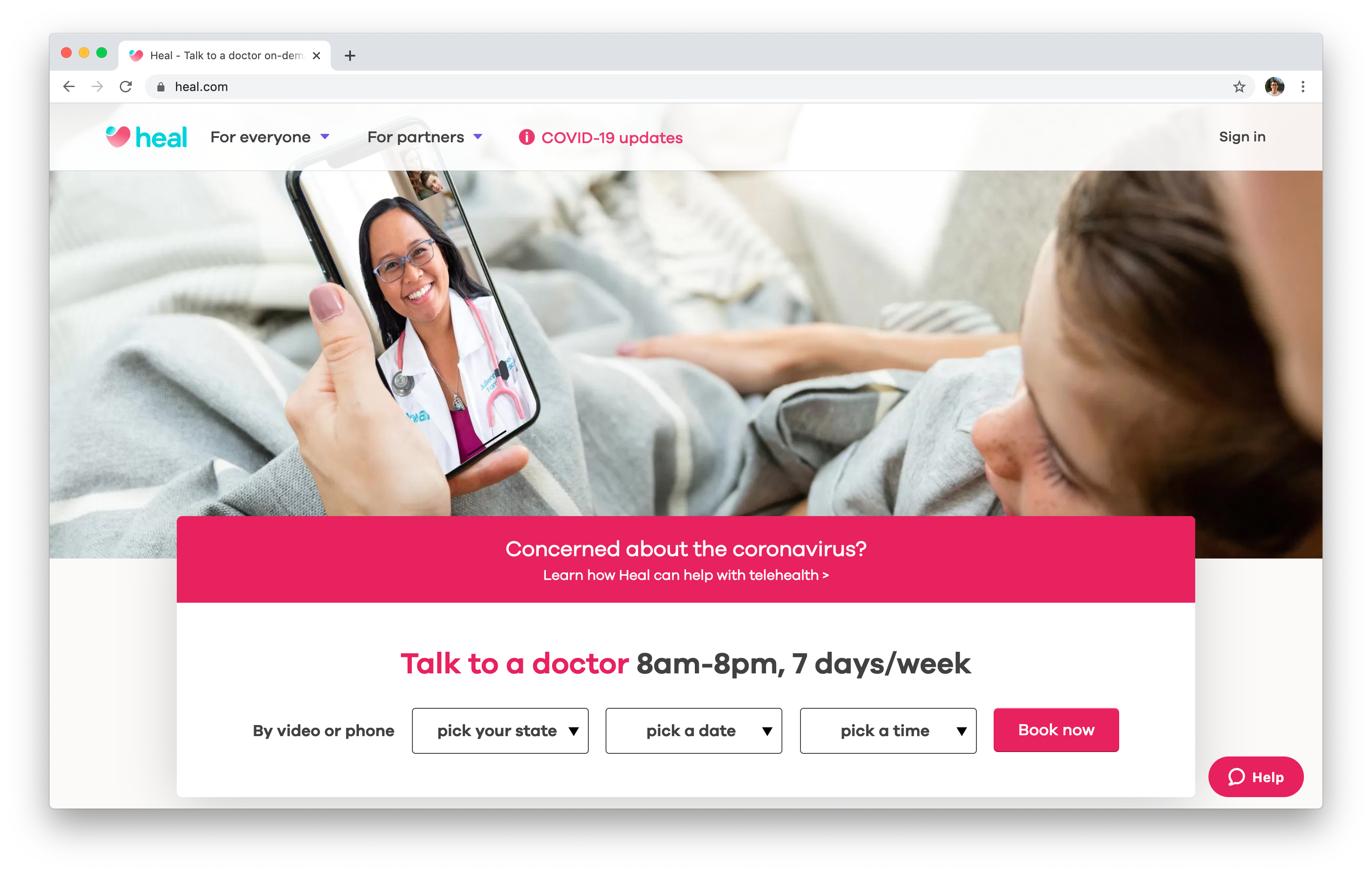Why Subscription Based Healthcare is Acquiring Appeal Among Patients Today
Why Subscription Based Healthcare is Acquiring Appeal Among Patients Today
Blog Article
Understanding the Cost-Effectiveness of Subscription-Based Healthcare Models
As the medical care landscape progresses, subscription-based versions become a compelling alternative, guaranteeing to redefine how individuals manage clinical expenditures. Reviewing these models' cost-effectiveness requires a nuanced comparison with typical insurance policy, taking into consideration both financial ramifications and person satisfaction. While they offer transparency and predictability in costs, concerns continue to be concerning their capability to satisfy varied healthcare demands, especially for specialized treatments. The viewpoints of healthcare suppliers further complicate this equation, offering a multifaceted challenge. What does the future hold for these models, and can they really provide on their assurance of easily accessible, cost effective care?
Summary of Subscription-Based Versions
Subscription-based medical care models, in some cases described as direct health care or attendant medicine, are increasingly gaining interest as a prospective option to inefficiencies within standard medical care systems. These versions operate on the concept of offering patients straight accessibility to doctor with a month-to-month or annual charge, bypassing the need for traditional insurance systems. This plan intends to improve patient-provider communications by reducing management concerns, which often hinder prompt and individualized treatment.
At the core of subscription-based models is the emphasis on an extra individualized person experience. Individuals take advantage of boosted accessibility to their doctors, usually including next-day or same-day appointments, extended examination times, and direct communication networks such as phone or video calls. This version fosters a proactive method to health care, where suppliers and individuals can collaboratively concentrate on preventative treatment and persistent illness management.

Price Contrast With Conventional Insurance Coverage

One of the key monetary benefits of registration versions is openness in costs. Individuals pay a foreseeable cost, which can streamline budgeting and monetary planning. Additionally, these designs typically get rid of co-pays and deductibles for protected solutions, decreasing out-of-pocket investing. On the other hand, conventional insurance policy may be more beneficial for people needing specialized treatment or costly therapies not covered under a membership design, as they gain from the wider protection network and cost-sharing devices.
Nevertheless, cost-effectiveness is context-dependent. While subscription versions may supply financial savings for those primarily requiring medical care, people with persistent conditions or specialized healthcare needs may locate typical insurance policy extra detailed. Examining specific health care needs and possible usage is important in establishing the most affordable alternative for people.
Influence On Client Contentment
Patient complete satisfaction within subscription-based health care designs usually reflects a substantial renovation over traditional insurance systems. This enhancement is mainly credited to the individualized treatment and access these versions supply. People regularly report greater satisfaction due to reduced delay times and the convenience of organizing visits. Unlike traditional systems, where patients could experience delays in getting care, subscription-based models guarantee more prompt and direct interactions with doctor.
Additionally, the transparency in expenses connected with subscription-based health care reduces the common aggravations connected to unforeseen fees and intricate invoicing procedures seen in conventional insurance policy (subscription based healthcare). Individuals appreciate understanding the specific monetary commitment upfront, leading to boosted trust and self-confidence in their healthcare administration
Additionally, the emphasis on preventative treatment and wellness in registration models adds to improved health and wellness end results, even more boosting patient fulfillment. By concentrating on ongoing health care instead than episodic treatment, clients experience an even more constant and all natural healthcare journey.
Moreover, the boosted provider-patient relationship promoted in these designs, identified by try these out more time spent per client and tailored attention, plays an important duty in boosting patient complete satisfaction degrees, as people really feel genuinely taken care of and comprehended.
Carrier Perspectives and Experiences
From the supplier's point of view, subscription-based medical care versions supply a transformative approach to supplying medical solutions. These versions highlight a preventative and positive medical care strategy, allowing service providers to concentrate on detailed individual treatment without the restrictions of standard fee-for-service plans (subscription based healthcare). This shift in focus frequently results in improved client results and enhanced service provider complete satisfaction, as healthcare professionals can allot even more time and resources to client engagement and individualized care strategies
In addition, membership models facilitate foreseeable profits streams, which enhance financial security for health care service providers. This predictability permits improved source planning and allocation, adding to a much more reliable health care delivery system. Providers can purchase staff technology, facilities, and training improvements, thereby boosting the quality of treatment offered.
Nevertheless, the change to subscription-based versions is not without difficulties. Despite these obstacles, numerous suppliers locate that the advantages of increased person interaction and structured operations outweigh the preliminary difficulties, making subscription-based designs an eye-catching alternative.
Future Leads and Obstacles

A main difficulty is governing conformity, as registration models have to follow advancing medical care policies and insurance coverage demands. This demands continual adaptation and technology to ensure alignment with legal requirements. Furthermore, integrating these models into existing medical care facilities can be intricate, calling for substantial financial investments in modern technology and training.
There is additionally the possible threat of creating injustices in medical care gain access to, as registration models could favor those that can manage them, leaving prone populations underserved. Resolving this needs thoughtful consideration of pricing strategies and subsidy devices to guarantee inclusivity.
Conclusion
Subscription-based health care designs offer a viable alternative to traditional insurance policy by using monetary predictability and transparency, visit here particularly profiting individuals with persistent conditions or regular health care requirements. The cost-effectiveness of these models is contingent upon specific my link health care usage patterns and circumstances.
Subscription-based health care models, in some cases referred to as straight primary care or attendant medication, are progressively gaining focus as a prospective service to inadequacies within traditional health care systems. Unlike standard systems, where individuals may experience hold-ups in obtaining care, subscription-based designs guarantee more direct and prompt interactions with healthcare companies.
These versions emphasize a aggressive and preventative medical care strategy, allowing service providers to concentrate on thorough client treatment without the constraints of traditional fee-for-service setups. As these models continue to get grip, they provide the potential to revolutionize patient access to care, improve service delivery, and enhance medical care investing.Subscription-based healthcare models present a feasible alternative to standard insurance by offering economic predictability and transparency, particularly profiting people with chronic problems or constant medical care needs.
Report this page